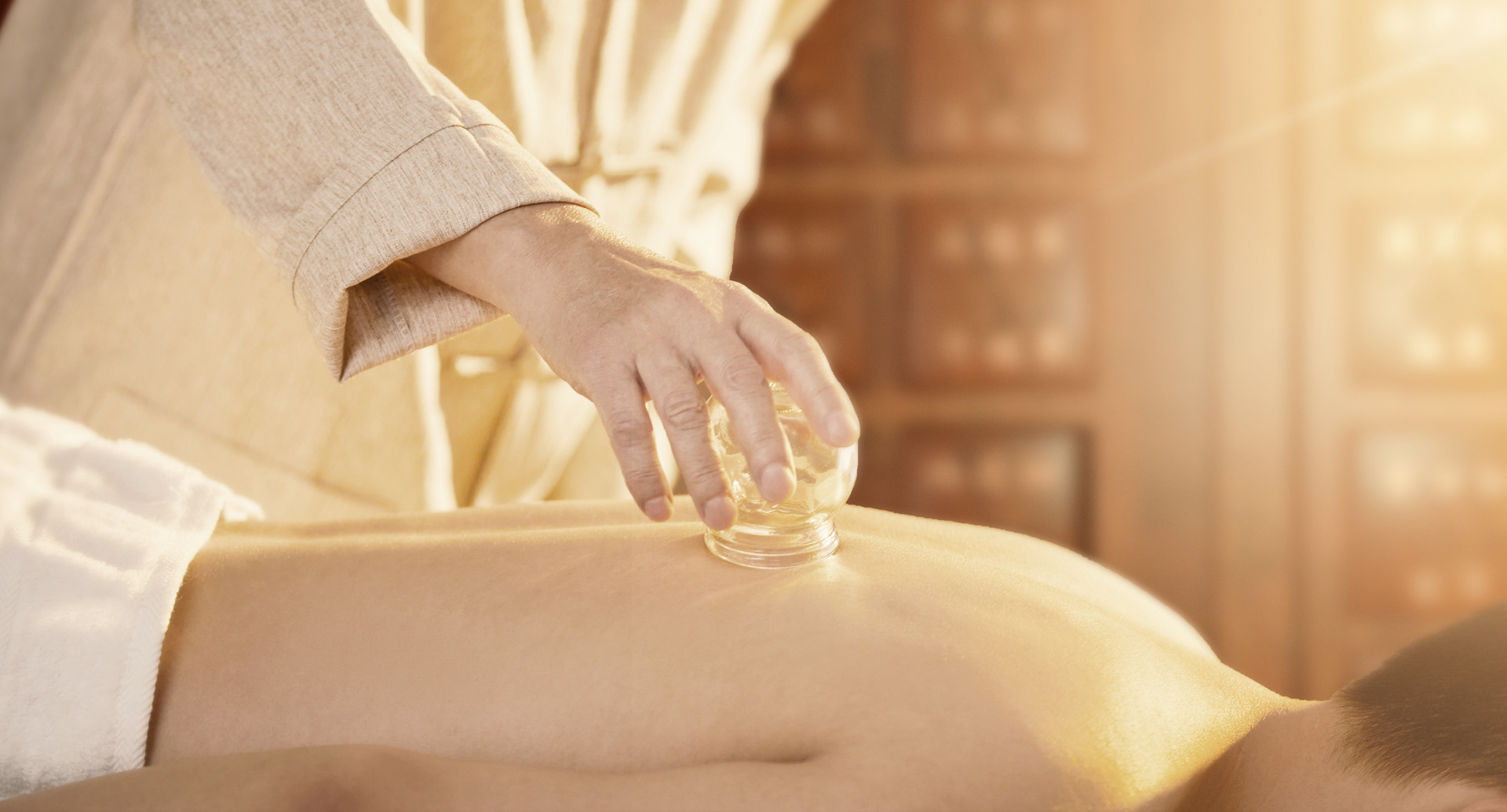In response to the healthy living concept of "treating winter diseases in summer", many people have recently started cupping. Yesterday was my first time trying cupping and I found that the color was very dark. What is the reason for the dark color on the first cupping? What should I pay attention to after the first cupping?
The dark color after the first cupping
This is a normal phenomenon.
For most people, the color is darker the first time they go for cupping, indicating that their physical condition is not very good. If you are a couch potato, you may need to exercise regularly and develop a habit of cupping to gradually improve your health.
Why is the color very dark after regular cupping?
It indicates a serious internal accumulation of cold and dampness.
Generally speaking, with regular cupping or body conditioning, the color after cupping will improve significantly after a period of time. If the color remains very dark after regular cupping, it needs attention as it may indicate some health problems. The dark color is a warning sign from your body.
Identifying the colors after cupping
Black
A black cupping mark generally indicates stagnated blood in the body or insufficient blood supply to organs. Women may experience menstrual pain and often have sweaty hands and feet with cold limbs.
Recommendation: Seek timely medical examination in a formal hospital and then receive treatment or body conditioning under the guidance of a doctor.
Purple
If there are purple cupping marks on the body after cupping, it indicates the presence of stagnant qi and blood coagulation, and cold qi invading the body. Common symptoms include insomnia, frequent dreams, and a tendency to feel sad and cry. Long-term body conditioning is required to expel the cold qi, unblock the meridians, and restore health.
Light purple
If there are light purple cupping marks with patches, it is highly likely that there is blood stasis. Carefully observe the acupoints with spots, as different acupoints correspond to different organs. Adjust the body accordingly based on the symptoms.
Bright red
A bright red cupping mark indicates yin deficiency. It can be treated by taking Chinese herbal medicine for body conditioning.
Normal colors after cupping
The normal color of a cupping mark should be pink, with even color distribution. There should be no obvious color difference, spots, itching, or pain. The pores should open normally and the cupping mark should disappear within one hour after cupping.
Precautions after the first cupping
Avoid taking a shower
After cupping, the body's pores are open and taking a shower at this time may allow cold and dampness to invade the body, leading to cold or aggravated dampness.
Avoid facing the air conditioner directly
Many people turn on the air conditioner as soon as they get home. After cupping, it is important to avoid this behavior because the pores are open and the air conditioner blowing directly can easily cause the invasion of cold and dampness, resulting in excessive coldness.
Avoid catching a cold
The area where cupping was performed should not be exposed to cold air or strong wind. If cupping was done on the neck, it is best to wear a high-necked shirt and minimize exposure to air conditioning. Pay attention to keeping warm. If exposed to wind, the effectiveness of cupping may be reduced.
Avoid scratching
Some people may feel itching and redness in the cupped area, but it is important not to scratch to prevent local infection. The itching sensation will automatically disappear after a few hours or days. Scratching may cause blisters or infection.
Avoid cold showers
It is not advisable to take a shower within two hours after cupping. When taking a shower, use warm water.
It is recommended to cup after taking a shower because the pores after cupping are relatively large. Taking a shower immediately would allow moisture to re-enter the body, leading to the invasion of dampness.
Avoid cupping on unhealed marks
Some people, after one cupping session, still experience pain and the cupping marks have not completely disappeared. They continue to cup in the same area, hoping to cure the problem through this powerful method. However, this is a mistake. If the purplish red marks from the previous cupping session have not completely disappeared, cupping should not be performed in the same area again. It may not only relieve the pain but also cause more problems.












